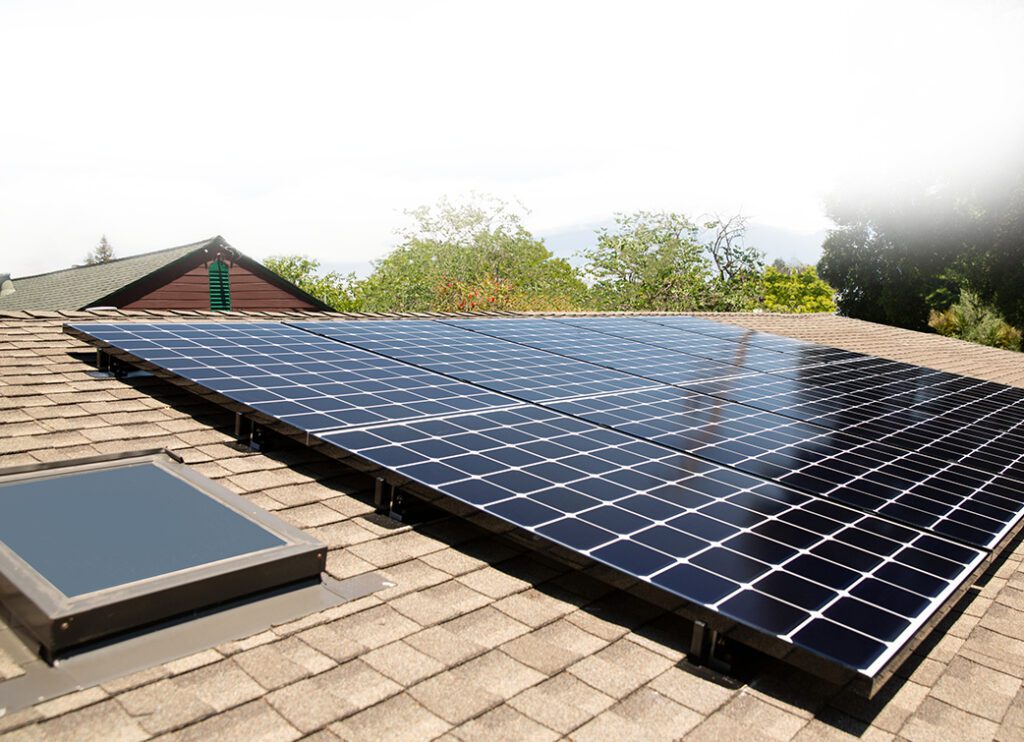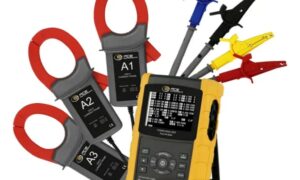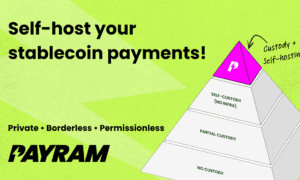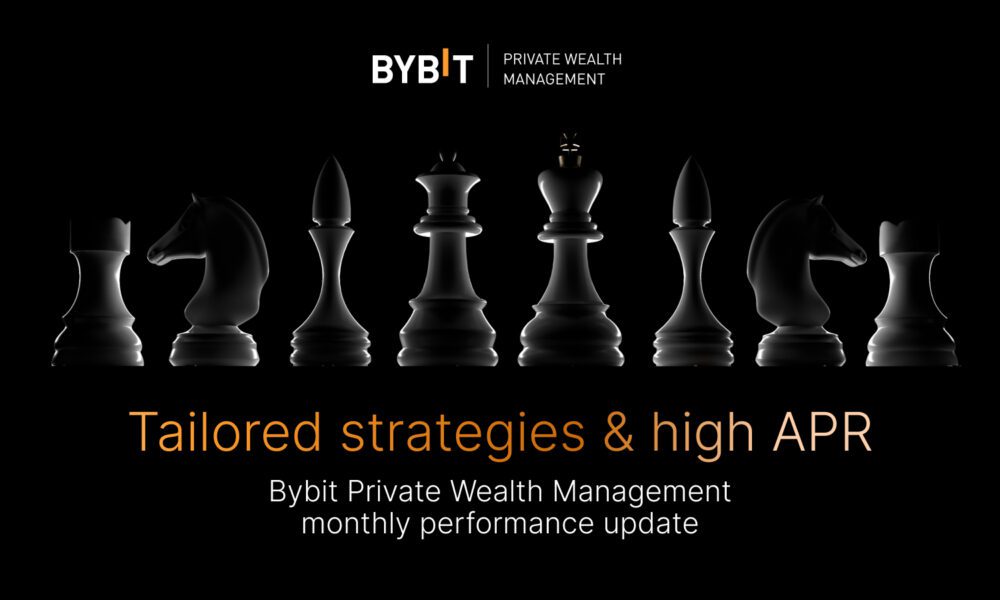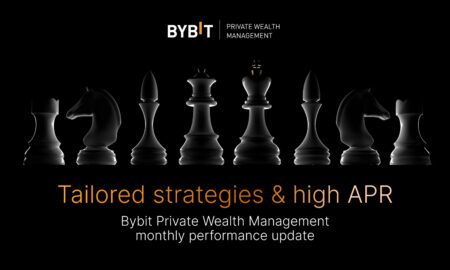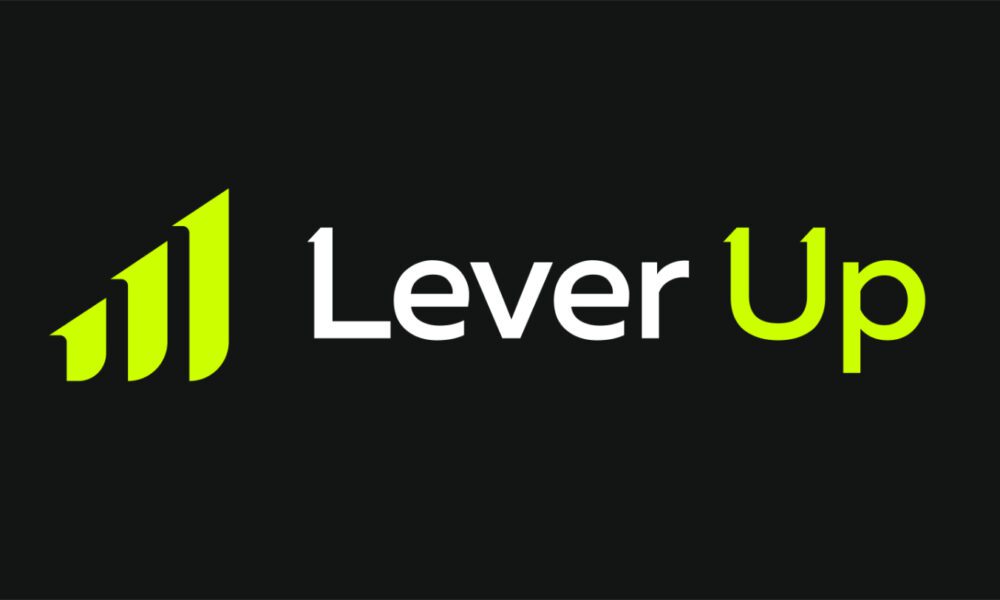You’ve decided to go solar, that’s fantastic! You’re excited to slash your electricity bills and reduce your carbon footprint. But what if we told you there’s a way to make those savings even bigger?
The journey to energy independence doesn’t start with panels on your roof; it begins inside your home. A house that wastes less energy requires a smaller, less expensive solar panel system to power it. By making your home more efficient first, you ensure that every kilowatt-hour your new system generates goes towards powering your life, not compensating for energy leaks.
To get the most out of your solar energy system, the first step isn’t on your roof; it’s inside your home. Making a few strategic upgrades beforehand can significantly reduce your overall energy consumption, allowing you to install a more appropriately sized and cost-effective solar array.
Here are the five key energy efficiency upgrades we recommend every homeowner tackle before they make the leap to solar power.
1. Seal and Insulate Your Home (The Building Envelope)
The single biggest drain on your home’s energy is heated or cooled air escaping through leaks and poor insulation. Your heating, ventilation, and air conditioning (HVAC) system works hard to keep your home comfortable. Still, if that conditioned air immediately seeps out, your system is forced to run longer and harder, consuming a massive amount of energy. Fixing this reduces its workload and your energy bills.
How to do it:
- Air Sealing: This is a simple but highly effective task. Use caulk to seal gaps and cracks around stationary elements like window frames, skirting boards, and where pipes or wires enter your house. Apply weatherstripping around moving parts like doors and sash windows to create a tight seal when they are closed.
- Insulation: Proper insulation acts like a blanket for your home, keeping it warm in the winter and cool in the summer. Check that your loft, walls, and floors are insulated to modern standards. Loft insulation is often the easiest and most impactful place to start.
A well-sealed and insulated home means your solar energy system won’t have to work overtime to offset wasted power. This allows you to install a smaller, more affordable array that meets your actual, reduced energy needs.
2. Upgrade to a Smart Thermostat
Heating and cooling can account for nearly half of a typical home’s energy consumption. A smart thermostat is a powerful tool that optimises this usage automatically, learning your habits and ensuring you aren’t needlessly heating or cooling an empty house.
How to do it:
Models like the Nest Thermostat E or Hive Active Heating learn your daily schedule and preferences. They can automatically lower the temperature when you leave and warm the house up just before you return. You can also control them remotely from your smartphone, giving you complete command over your energy use from anywhere. This simple device takes the guesswork out of managing your heating and cooling efficiently.
By drastically reducing your HVAC consumption, a smart thermostat significantly lowers your overall energy needs. When you get a quote for a solar panel system, it will be based on this new, efficient usage pattern, not on wasteful habits.
3. Switch All Lighting to LED Bulbs
This is arguably the easiest and most cost-effective upgrade on the list, yet its impact is profound. Modern LED bulbs are incredibly efficient and long-lasting, making them a clear winner over old incandescent or even halogen bulbs.
Why it matters:
LEDs use at least 75% less energy and last up to 25 times longer than traditional incandescent bulbs. Switching them out is a quick win that immediately lowers your electricity consumption.
How to do it:
Go through your home and replace any old, inefficient bulbs with ENERGY STAR-rated LEDs. Focus on the lights you use most frequently first, such as in the kitchen and living room, and work your way through the rest of the house.
This upgrade directly reduces your home’s “base load,” the minimum amount of energy it uses at any given time. A lower base load means more of the power your solar panels produce can be used for other appliances or exported back to the grid for credits, maximising the financial return of your system.
4. Audit and Upgrade Old Appliances
Many older appliances are “energy vampires,” quietly consuming far more electricity than their modern counterparts. An old, inefficient fridge-freezer, washing machine, or especially an outdated boiler can single-handedly undermine your energy-saving efforts.
How to do it:
When it’s time to replace an appliance, look for models with a high energy efficiency rating (A is the best under the current UK/EU labelling system). These products are designed to perform their function using the least amount of energy possible. For significant savings, consider upgrading your boiler to a modern, efficient condensing model or switching to an air source heat pump for both heating and hot water.
Targeting these energy-hungry appliances before your solar consultation ensures the energy audit reflects your true, efficient needs. This leads to a perfectly sized solar system that doesn’t have to compensate for wasteful technology.
5. Conduct a Professional Home Energy Audit
While the previous steps are excellent starting points, a professional home energy audit is the ultimate way to understand your home’s unique energy profile. An expert can use specialised tools to find hidden problems you’d never spot on your own.
Why it matters:
A certified energy auditor will perform a comprehensive assessment, using equipment like blower doors to measure air leakage and thermal imaging cameras to identify insulation gaps or “cold bridges” in your walls. They can pinpoint exactly where your home is losing the most energy.
How to do it:
Hire a certified energy assessor to conduct a thorough evaluation. They will provide you with a detailed report and a prioritised list of recommended improvements, a customised roadmap for maximum efficiency.
This audit gives you the precise data needed to make informed decisions. You can bring this report to your solar energy provider, allowing them to design the optimal system for your newly efficient home and maximise your return on investment.
Smart Steps to a Brighter Solar Future
Going solar is a brilliant investment in your home and the planet. By tackling these five energy efficiency upgrades first, you ensure that your investment is as smart and effective as possible. You’ll reduce your upfront costs by needing a smaller system and maximise your long-term savings by ensuring no precious solar energy goes to waste.
Ready to see how much you can save with a right-sized solar energy system? Contact us for a free consultation today! We’ll help you calculate your new, efficient energy needs and provide a quote for a system that’s perfect for your home.

